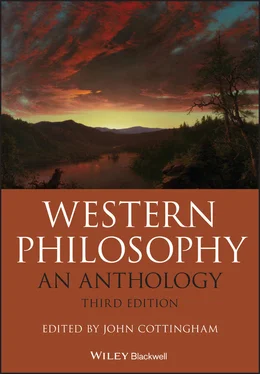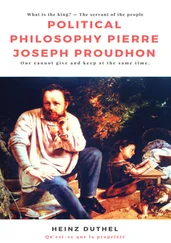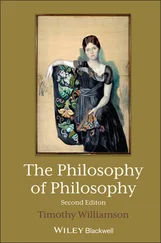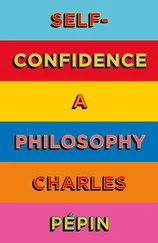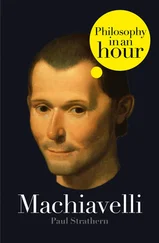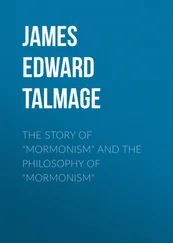698 661
699 662
700 663
701 664
702 665
703 666
704 667
705 668
706 669
707 670
708 671
709 672
710 673
711 674
712 675
713 676
714 677
715 678
716 679
717 680
718 681
719 682
720 683
721 684
722 685
723 686
724 687
725 688
726 689
727 690
728 691
729 692
730 693
731 694
732 695
733 696
734 697
735 698
736 699
737 700
738 701
739 702
740 703
741 704
742 705
743 706
744 707
745 708
746 709
747 710
748 711
749 712
750 713
751 714
752 715
753 716
754 717
755 718
756 719
757 720
758 721
759 722
760 723
761 724
762 725
763 726
764 727
765 728
766 729
767 730
768 731
769 732
770 733
771 734
772 735
773 736
774 737
775 738
776 739
777 740
778 741
779 742
780 743
781 744
782 745
783 746
784 747
785 748
786 749
787 750
788 751
789 752
790 753
791 754
792 755
793 756
794 757
795 758
796 759
797 760
798 761
799 762
800 763
801 764
802 765
803 766
804 767
805 768
806 769
807 770
808 771
809 772
810 773
811 774
812 775
813 776
814 777
815 778
816 779
817 780
818 781
819 782
820 783
821 784
822 785
823 786
824 787
825 788
826 789
827 790
828 791
829 792
830 793
831 794
832 795
833 796
834 797
835 798
836 799
837 800
838 801
839 802
840 803
841 804
842 805
843 806
844 807
845 808
846 809
847 810
848 811
849 812
850 813
851 814
852 815
853 816
854 817
855 818
856 819
857 820
858 821
859 822
860 823
861 824
862 825
863 826
864 827
865 828
866 829
867 830
868 831
869 832
870 833
871 834
872 835
873 836
874 837
875 838
876 839
877 840
878 841
879 842
880 843
881 844
882 845
883 846
884 847
885 848
886 849
887 850
888 851
889 852
890 853
891 854
892 855
893 856
894 857
895 858
896 859
897 860
898 861
899 862
900 863
901 864
902 865
903 866
904 867
905 868
906 869
907 870
908 871
909 872
910 873
911 874
912 875
913 876
914 877
915 878
916 879
917 880
918 881
919 882
920 883
921 884
922 885
923 886
924 887
925 888
926 889
927 890
928 891
929 892
930 893
931 894
932 895
933 896
934 897
935 898
936 899
937 900
938 901
939 902
940 903
941 904
942 905
943 906
An anthology can serve many different purposes. Anthologies of poetry usually leave readers to make their own way, sampling the flowers arranged for their delight. With philosophy things are rather different. Many of the arguments of the great philosophers rest on a daunting array of presuppositions and concealed premises, and careful guidance is needed if many readers are not to be overwhelmed. The texts included in this volume, and the linking passages of introduction and commentary, offer a guided tour through the main branches of the subject, introducing the ideas in sequence, and uncovering the main outlines of that complex interplay of arguments which forms the Western philosophical tradition. The central aim, as with all anthologies, is to put the reader in touch with the texts themselves. Those embarking on the subject can sometimes find it hard even to grasp just what philosophy is, and there is no better way of discovering than to read the writings of the great philosophers at first hand. This volume is designed to present some of the most important extracts from those writings in a way that will enable the individual to achieve a clear overview of how the subject developed, and how the most important theories fit into the overall picture. It is, I hope, a book which individuals will be able to keep by them, for pleasure and profit, as they set out on the quest for philosophical understanding.
The book also has the more specific aim of being serviceable to university students undertaking a formal course of study in philosophy. Philosophy is a wide-ranging subject, and there is no single template for an ideal introductory course (and even if there were, philosophy departments worth their salt would not wish to grind out exactly the same syllabus year after year). There are many ways into philosophy, and no good reason why one particular branch of the subject should always form the chosen route. One of the objects of this book is to provide, within the compass of a single volume, a set of key introductory materials for the widest possible range of courses, covering all the main branches of the subject (or at least all those suitable for teaching at a basic undergraduate level). Fundamental issues in epistemology are dealt with in Part I(‘Knowledge and Certainty’). Part II(‘Being and Reality’) is concerned with general metaphysics and ontology, and Part III(‘Language and Meaning’) deals with central philosophical concerns about how language is related to thought and to the world. The philosophy of mind is covered in Part IV(‘Mind and Body’), and the important issues of personal identity and the freedom of the will receive separate treatment in Part V(‘The Self and Freedom’). The philosophy of religion and the philosophy of science are dealt with in Part VI(‘God and Religion’) and Part VII(‘Science and Method’) respectively. The next two parts deal with moral philosophy: Part VIII(‘Morality and the Good Life’) tackles theoretical and systematic issues in normative ethics, while Part IX(‘Problems in Ethics’) covers a selection of key issues in applied moral philosophy. Part X(‘Authority and the State’) and Part XI(‘Beauty and Art’) deal respectively with political philosophy and aesthetics, and, to conclude the volume, Part XII(‘Human Life and its Meaning’) covers some of the various ways in which great thinkers, ancient and modern, have tackled the old puzzle of what significance, if any, attaches to human existence.
Although the first three parts of the volume are devoted to epistemology, meta-physics and philosophy of language, traditionally considered as having a ‘foundational’ role in philosophy, the issues raised here are among the most demanding in the book, and there is no compelling reason why any given introductory course should have to begin with them. Each part of the volume is intended to be self-contained, and students and teachers are invited to work on the various parts of the book in any order they see fit, or indeed to concentrate on any particular part or parts in isolation. That said, given the nature of philosophy there is inevitably a fair amount of overlap between the topics raised in various parts; where this happens footnotes are provided to draw attention to connections with relevant texts or commentary in other parts of the volume.
The passages of introduction and commentary which link the extracts have been kept as concise and clear as possible. They are, of course, no substitute for the interpretations and evaluations which lecturers and instructors will themselves wish to provide. This book is designed to be serviceable for both teachers and students, not to eliminate the need for hard work by either group. So what is provided here is a basic scaffolding on which courses can be constructed, and a supportive framework for those coming to the texts for the first time. There is always a danger of oversimplification when writing with the principal aim of helping the student reader. Philosophy is not an easy subject, and spoon-feeding is often counterproductive; in the end there is no alternative to readers wrestling with the arguments for themselves. But without a clear initial overview, the whole philosophical enterprise can seem dauntingly obscure. Qualifications, objections, reinterpretations – these can always be added later; but if there is no initial understanding, the enthusiasm for making these further efforts will simply ebb away before any progress has been made.
Читать дальше
